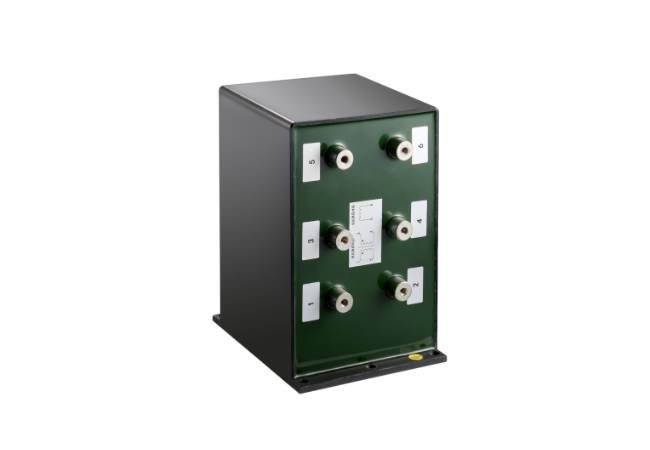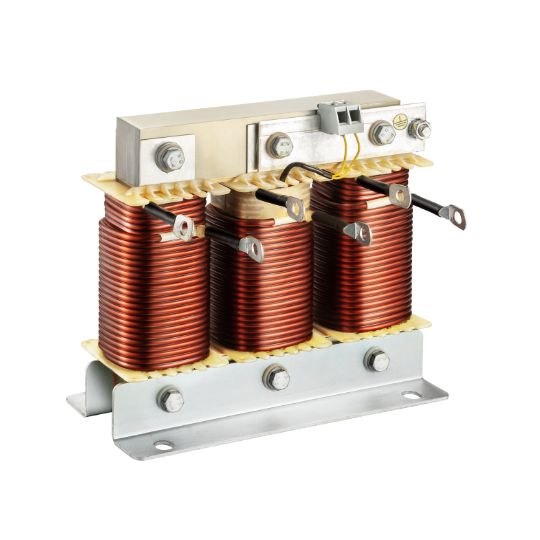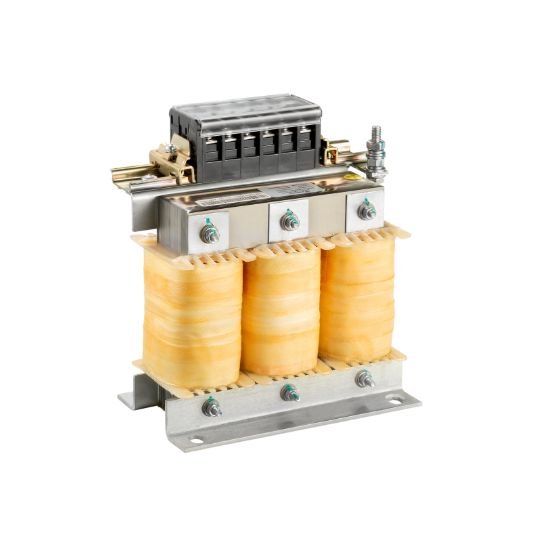Transformer & Inductor
Shinenergy’s transformer & inductor combined the feature of the transformer and inductor, store the energy and change the voltage to realize the function of reducing the peak of the current peak and provide a safe operating environment.
- Low power loss nanocrystalline core, light and small
- Full bridge topology, high utilization rate of voltage
- High voltage conversion ratio
- High frequency and low capacitor

Lower Power Loss with the Nanocrystalline Core
The core material is nanocrystalline, the feature of nanocrystalline core is light and small in size, so the whole transformer is small and light, which lead to the lower power loss compared with the typical transformers.
Combination of Transformers and Inductors
Combination of transformer and inductor, with the features of transformer and inductor, different terminals separated for the transformer output and inductor output.
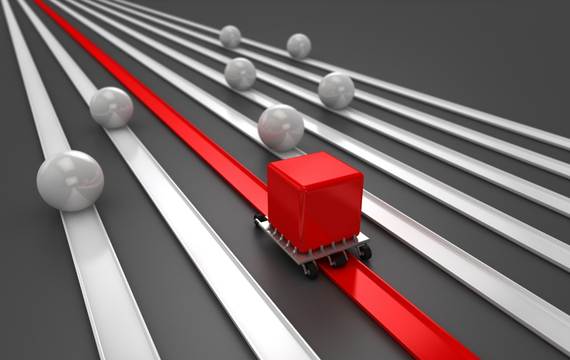
- Data sheet
- FAQs
| Model No. | MPT-017 |
| Application | Rails |
| Core Material | Nanocrystalline |
| Winding Material | Copper foil |
| Rated Capacitance | 0.05mH |
| Frequency | 18KHZ/36KHz |
| Capacity | 15KVA |
| Ratio | 2:1(350V/175V) |
| Connection | Customized |
| Weight | 13KG |
- What is a Transformer?
- A transformer is an electrical device that transfers electrical energy between two or more circuits through electromagnetic induction, often changing the voltage and current levels in the process.
- What is an Inductor?
- An inductor is a passive electrical component that stores energy in a magnetic field when electric current flows through it. It typically consists of a coil of wire.
- How do Transformers and Inductors Differ?
- The primary difference is in their function: transformers transfer energy between circuits, often modifying voltage and current, while inductors store energy and resist changes in current flow.
- What are the Common Uses of Transformers?
- Transformers are widely used in power transmission and distribution to step up or step down voltage levels, in adapters for electronic devices, and in various electronic circuits.
- What are the Common Uses of Inductors?
- Inductors are used in electronic circuits for filtering, in power supplies, in radio frequency applications, and as chokes in electrical transmission systems.
- Can Transformers and Inductors be Used Together?
- Yes, they are often used together in electronic circuits, where transformers manage voltage levels and inductors provide filtering or energy storage functions.
- What are the Key Considerations in Selecting a Transformer?
- Important factors include voltage and current ratings, efficiency, size, type (step-up or step-down), and the application environment.
- What are the Key Considerations in Selecting an Inductor?
- Key factors include inductance value, current rating, size, resistance, and the specific application requirements like frequency response.
- Do Transformers and Inductors Require Maintenance?
- Transformers may require maintenance like oil level checks (in oil-filled types) and insulation testing. Inductors generally require minimal maintenance.
- How Do Temperature and Environment Affect Transformers and Inductors?
- Both are affected by temperature and environmental conditions. Excessive heat can reduce their lifespan and efficiency, and harsh environments may require special protective measures.
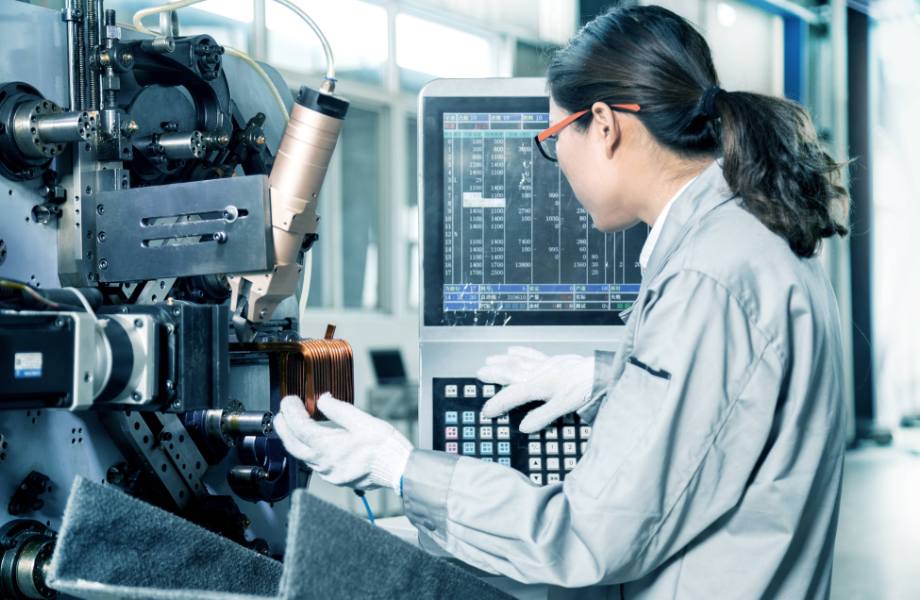
Working Principle of Shinenergy’s Transformer & Inductor?
Shinenergy’s transformer&inductor is the physical combination of the transformer and inductor, there are 6pcs of terminals to connect, when you connect the upper two terminals, it works as the inductor, but if you connect lower terminals, it works as the transformer, the advantages of this transformer & inductor are saving the cost, one machine for two purposes. It is applied in some area client with the special requests.


